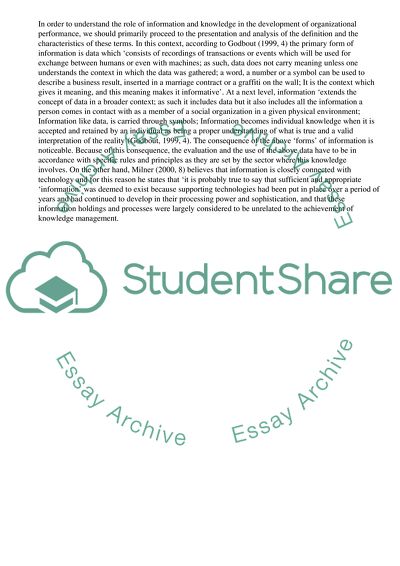Cite this document
(Information & Knowledge Dynamics in Organisations Dissertation, n.d.)
Information & Knowledge Dynamics in Organisations Dissertation. Retrieved from https://studentshare.org/management/1706521-information-knowledge-dynamics-in-organisations
Information & Knowledge Dynamics in Organisations Dissertation. Retrieved from https://studentshare.org/management/1706521-information-knowledge-dynamics-in-organisations
(Information & Knowledge Dynamics in Organisations Dissertation)
Information & Knowledge Dynamics in Organisations Dissertation. https://studentshare.org/management/1706521-information-knowledge-dynamics-in-organisations.
Information & Knowledge Dynamics in Organisations Dissertation. https://studentshare.org/management/1706521-information-knowledge-dynamics-in-organisations.
“Information & Knowledge Dynamics in Organisations Dissertation”, n.d. https://studentshare.org/management/1706521-information-knowledge-dynamics-in-organisations.


